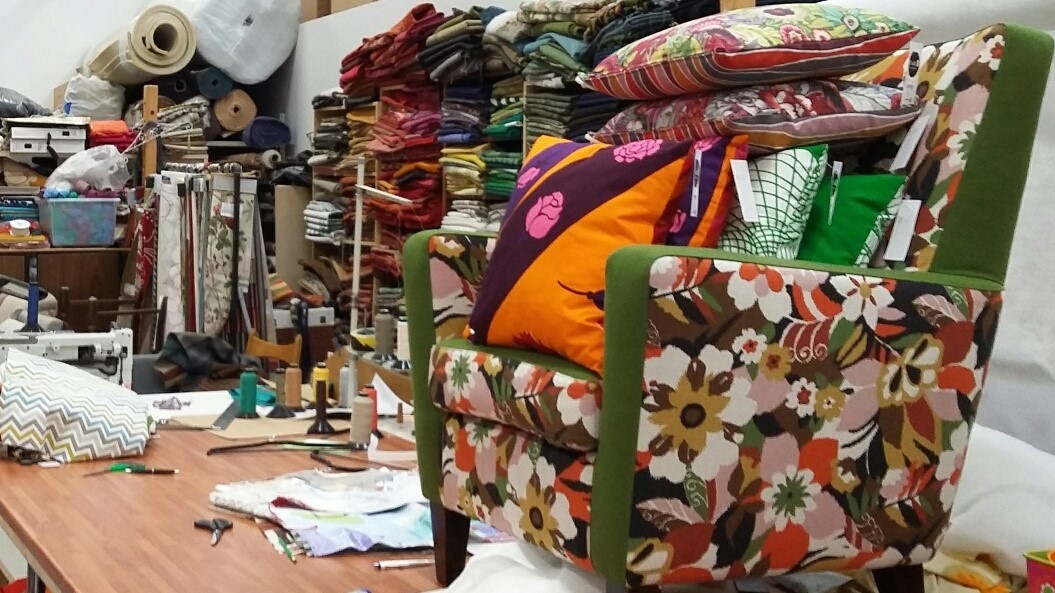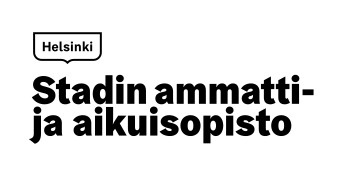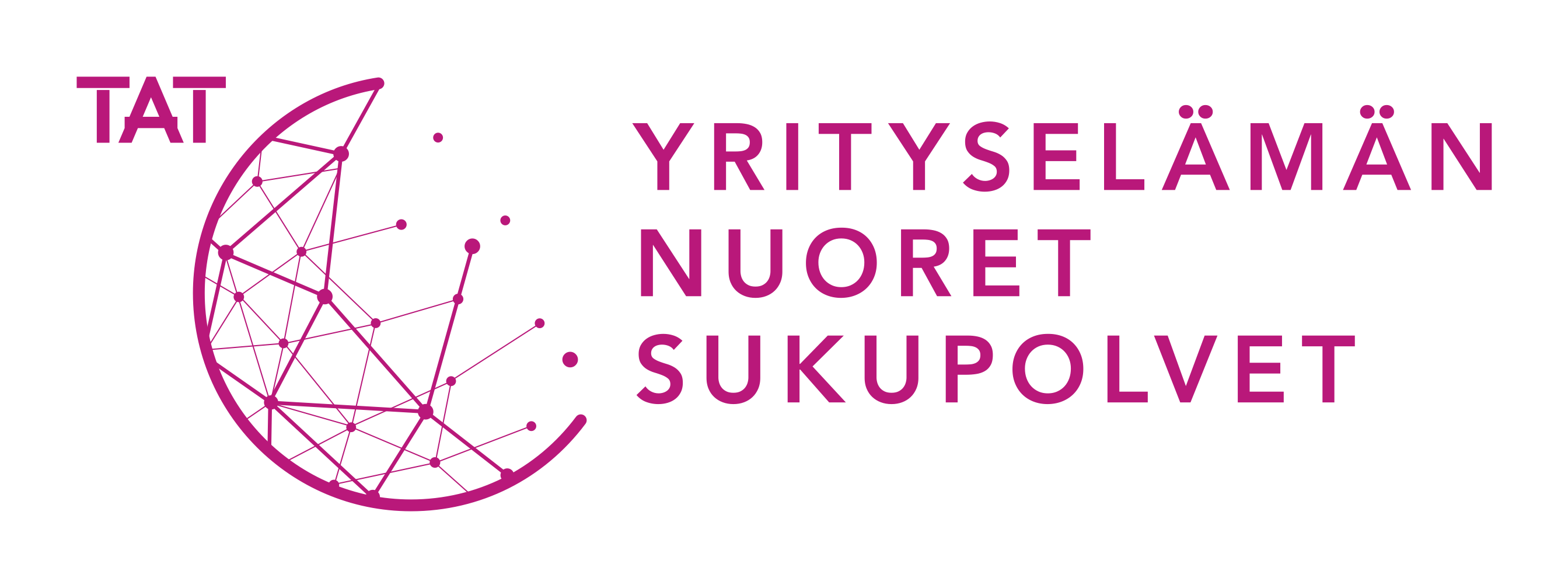Natural resources and humanity

As a society, we are facing a situation in which overconsumption has led to the consumption of virgin natural resources and the amount of waste produced getting out of hand. The objective of the existing economic and production system is to maximise profits. We must change this situation by moving away from linear production that uses natural resources to manufacture products that end up as waste after use.
In many ways, increasing amounts of waste, overconsumption, population growth, climate change and exceeding of the Earth’s carrying capacity are forcing societies to become more efficient and reduce their emissions. The circular economy has strong environmental and climate-related justifications, but it is also strongly linked to potential economic growth, creation of jobs, utilisation of digitalisation, private consumption and public procurement, among other things.
The different forms of the textile and fashion industry can be considered to include the different parts of the overall design and production process. According to the circular economy ideology, all activity across the production chain is aimed at a closed loop in which previously used natural resources are utilised in manufacturing new products. The aim of the circular economy is to combine two separate parts of the existing system into one.Recycling and waste management in their current form would be discontinued in favour of being merged into parts of the production chain.






